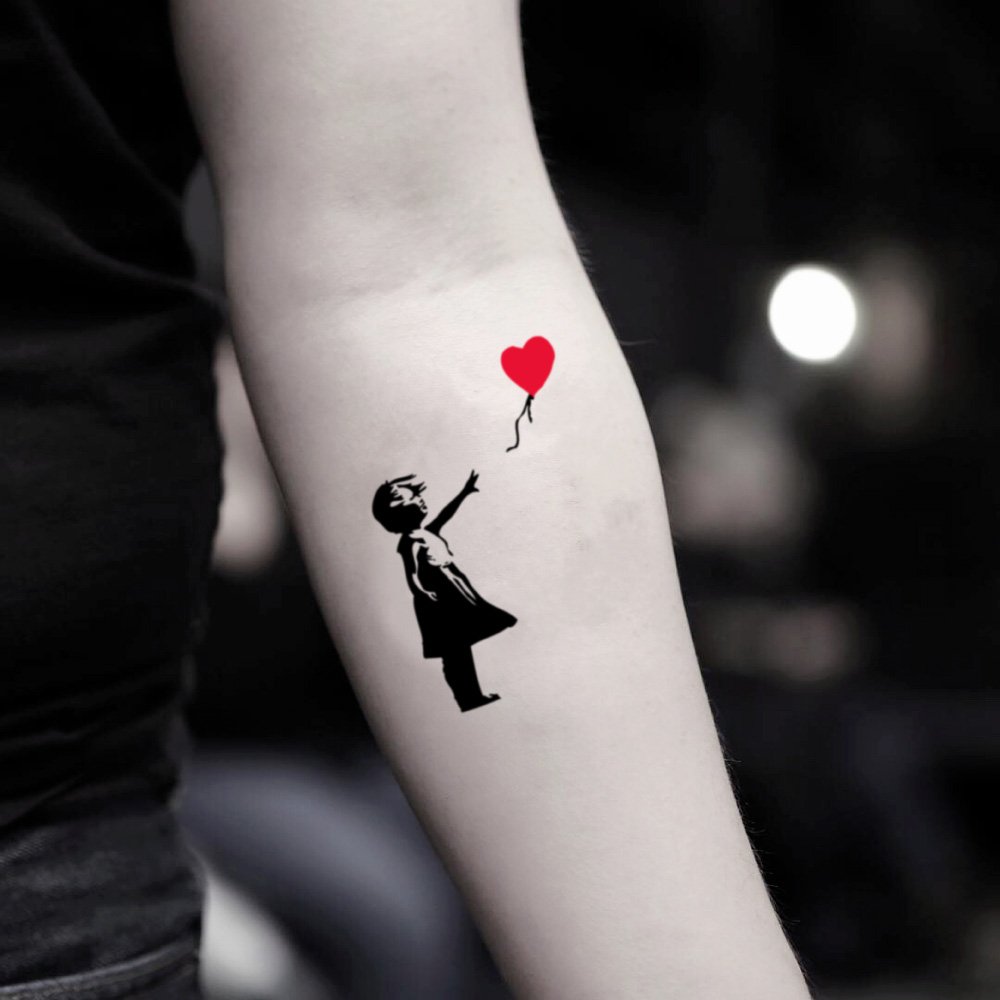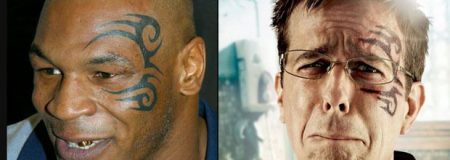About that Authors’ Rights (on tattoos) you didn’t know existed…
Reading time: 7 minutes
Written by: Matteo Saleri Leggi la bio for Canella Camaiora Studio Legale
By now, a number of tattoo artists – as a specific category of artists/illustrators – have turned to our Law Firm for assistance in Copyright and Authors’ Rights matters. The most frequent cases of litigation concern tattooists plagiarised by other tattooists or tattooists receiving formal notices (cease-and-desist letters) for allegedly copying other people’s works (not necessarily tattoos) for which they did not hold the rights.
In this article, we will address some general guidelines on tattoos and some interesting cases, more specifically:
- Are tattoos works protected by authors’ rights?
- What are the author’s rights to the tattoo?
- Some cases of economic compensation for abusive exploitation of tattoos.
- Authors’ rights assignment and tattoo releases.
***
1.- ARE TATTOOS WORKS PROTECTED BY AUTHORS’ RIGHTS?
A tattoo is to all intents and purposes a `drawing’, even if it is made on a person’s skin. As such, it falls within the figurative arts and is consequently protected by Italian copyright law (see Italian Law no. 633/1941, art. 2).
When the tattoo artist plans to replicate his work (i.e. his original drawings) by applying them to many clients, it would be advisable to register the collection of drawings (as tattoo artists who are already assisted by us do). The protection provided in this case would be the enhanced protection of industrial designs. When new collections of decorative elements are created, it is indeed appropriate to register them.
Back to authors’ rights, in order to grant the tattoo the legal protection provided by law, the work must be original and new.
This means it must be verified that it possesses the so-called creative nature. The Italian Supreme Court has repeatedly emphasised that in order for the work to be protected by authors’ rights, even a slight creative contribution is sufficient… (among many others Supreme Court of Cassation, section I, 12/01/2018, no. 658).
- Originality is defined as the “result of an activity of human ingenuity” that is not trivial: an intellectual elaboration that reveals the author’s personality. A tattoo of, for example, a simple stylised star or the word “mum” without any particular characterisation would not be sufficiently original to be protected by authors’ rights.
- Novelty is understood as “novelty of essential and characterising elements” capable of distinguishing the work from earlier works. Even in the field of tattooing, copying the work of others must be avoided.

We would like to take this opportunity to remind all tattoo artists reading this contribution that the reproduction – even in the form of a tattoo – of any work of others would constitute plagiarism (and as such could be legally prosecuted).
If Banksy rebelled against the MUDEC in Milan for the unauthorised merchandising of his works… why shouldn’t the famous street artist also act against a serial tattooist-plagiarist?
2.- What are the author’s rights to the tattoo?
The rights to the figurative work arise with its creation. No filing/registration is required for the tattoo artist (author) to obtain intellectual property rights over the tattoo. Although it is always advisable to keep proof of the date of creation of the work by means of appropriate certification services.
It would in fact be sufficient, for example, to take a photograph of the design and immediately provide for its safekeeping and certification of the date of creation (it is possible to do so, for example, on the Proofy portal, the registration for creators).
The rights that arise for those who are able to prove that they are the author of the tattoo-work are both moral and patrimonial. The former concern the right to be recognised as the author and to object to any deformation, mutilation or other modification of the work. Patrimonial rights, on the other hand, include the author’s rights to economically exploit the work in any way. The patrimonial rights normally belong to the tattoo artist, even if the tattoo ends up being impressed on the client’s skin.
Even in the case of the sale of a painting, in fact, the purchaser of it acquires the right to enjoy it and not to make a limited edition or otherwise
3.- Some cases of economic compensation for abusive exploitation of tattoos.
We have identified some interesting cases overseas. An American tattoo artist, Matthew Reed, sued Nike® and Rasheed Wallace (a famous basketball player) for the television broadcast of a commercial focusing on Wallace’s tattoos. In the commercial, the player’s arms, on which his tattoos were placed, were shown in close-up, while the player described their meaning (the video is available on youtube).
The tattoo artist complained that he had not released any release in connection with the exploitation of his work. The case never reached a judgement, the parties having settled it through a mediation agreement, probably favourable to the tattoo artist.

James Hayden, a tattoo artist known among NBA stars, complained that a videogame manufacturer (Take-Two) depicted players such as Lebron James, Kyrie Irving, Danny Green and others equipped with their respective tattoos. The case concerned the famous ‘NBA 2K’ video game for its 2016/2017/2018 editions.
The artist claimed unauthorised reproduction of his work on the avatars of the players made for ‘NBA 2K’. In judgment, the Judge ruled that Hayden was entitled to financial compensation due to the Copyright infringement perpetrated by Take-Two (Case No. 1:17 CV 2635).
“My tattoos are a part of me and my identity. If I wasn’t shown with my tattoos it wouldn’t be a true representation of me”
Lebron James

Finally, Mike Tyson’s tattoo artist also accused Warner Brothers. The iconic tattoo on Tyson’s face appeared in some scenes of the film ‘The Hangover Part II’. Again, the parties finally agreed on a confidential settlement.
The three examples above underline how, although the client pays for a tattoo to be displayed on his skin, he does not also acquire the right to the economic exploitation of the work. Any commercialisation of it by the tattooed person would therefore seem to be unlawful without explicit authorisation or an agreement with the artist who created it.
Obviously, one can well understand how no overly restrictive obligation can be imposed on the tattooed person. Thus, he cannot be prevented from showing his body during his private life as he would otherwise have done in the absence of the tattoo. In fact, the prohibition only concerns the commercial exploitation of the work.
4.- Authors’ Rights assignment (and releases) on the tattoo
As we have already explained, a public figure (such as a sports champion), if tattooed, is exposed to the risk of being accused of Authors’ Rights infringement by his tattoo artist. Thus, any tattoo artist who has worked for a well-known person could make financial claims against his client for unauthorised commercial exploitation of the work.
From the celebrity’s perspective, the best way to protect himself would be to obtain a release from the tattoo artist… before he starts handling needles and ink.
More precisely, if the tattooed person wishes to obtain the economic rights to the tattoo artwork, he should, before its realisation, agree in writing (see Art. 110 of the LDA) with the tattoo artist to transfer the patrimonial authors’s rights.
Many tattoo artists create tattoos free of charge for well-known personalities in exchange for the popularity they can obtain by virtue of their media exposure. This type of agreement must, however, be formalised to avoid unpleasant misunderstandings.
As professionals active in the field of intellectual property, we have assisted both authors and well-known personalities in conducting this type of agreement. In addition, many artists entrust us with the task of protecting their creations in the best possible way.
© Canella Camaiora S.t.A. S.r.l. - All rights reserved.
Publication date: 2 October 2019
Last update: 7 May 2025
Textual reproduction of the article is permitted, even for commercial purposes, within the limit of 15% of its entirety, provided that the source is clearly indicated. In the case of online reproduction, a link to the original article must be included. Unauthorised reproduction or paraphrasing without indication of source will be prosecuted.

Matteo Saleri